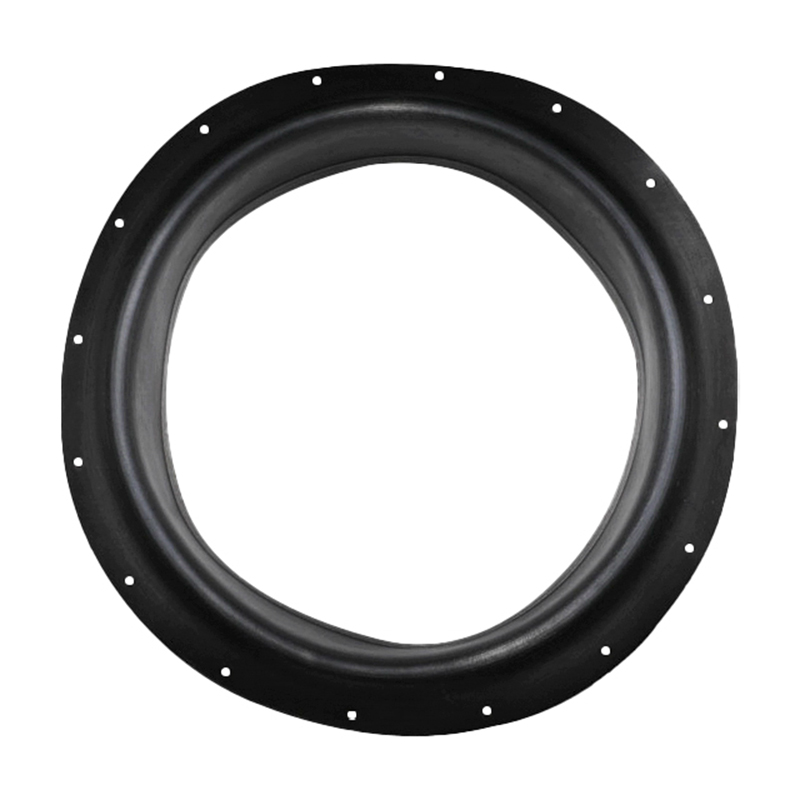
Hangzhou Biaozheng Rubber Plastic Fittings Factory
Professional rubber diaphragm research design and manufacturing

Hangzhou Biaozheng Rubber Plastic Fittings Factory
Professional rubber diaphragm research design and manufacturing
Basically, a diaphragm valve is a valve that has a flex […]
Basically, a diaphragm valve is a valve that has a flexible membrane to hold in place. It is used to shut off or control the flow of liquids. It is often used in the water and wastewater treatment, chemical synthesis, and metal finishing industries.
A diaphragm valve is composed of a flexible, rigid disc or membrane that is seated on a seat inside the valve body. The membrane is made of elastomer materials, such as PTFE and NBR. The material choice is dependent on the service temperature, the type of material being handled, and the frequency of operation.
The material selection is also dependent on the pressure the valve is expected to operate at. Diaphragms are not recommended for high-pressure applications, as they can tear or corrode. They are ideal for low-pressure and viscous services. They are commonly found in gas and liquid processing.

These types of valves are available in several styles and designs. They can be spigot welded, threaded, or clamped. Some models can also be installed near bends or on vertical pipelines. They can be operated manually with a handwheel or crank. Some manual actuators can also be equipped with lockability.
There are two main types of diaphragm valves. They are the weir type and the straight through type. Both of these have linear flow characteristics, but the weir type has limited travel.
The weir type valve is often used for fluids that are clean and homogeneous. The valve can be used to transport hazardous media, but it can also be used for clean, non-hazardous media.
We are Custom Rubber Diaphragm Valves Manufacturers and Pneumatic Actuator Valve Diaphragm Suppliers in China. All sub-suppliers are inspected and reviewed, and all product procurements are conducted only in qualified sub-suppliers. The raw materials, purchased parts, and outsourced parts provided by the sub-suppliers must undergo a rigorous review when entering the factory.

Copyright © Hangzhou Biaozheng Rubber Plastic Fittings Factory All Rights Reserved. Technical Support:Smart cloud >